Climbing rose "Polka": description of the variety, features of planting and care
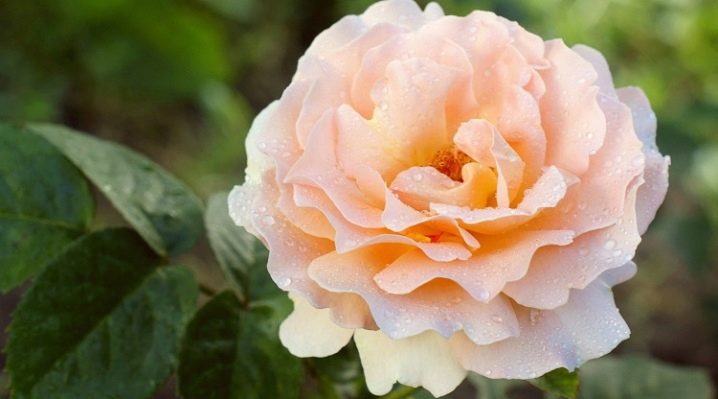
Climbing roses are the best decoration for your garden. They bloom throughout the summer season and delight with their chic appearance. Among this variety of plants, the climbing rose "Polka" should be distinguished. It is very popular in Russia, in most cases it is used as a decor for balconies and landscaping arches. In addition, curly roses go well with other floral arrangements.
Description
Polka is a French-bred rose variety. It was bred in the early 90s in the Meilland kennel. At the same time, "Polka" was presented in the USA. This plant is distinguished by the lush form of flowers, which have very beautiful delicate shades.
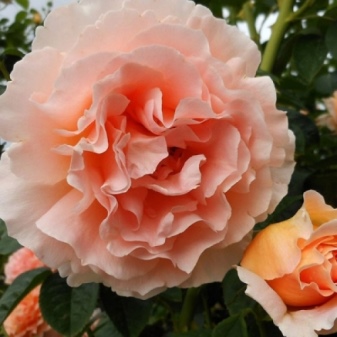
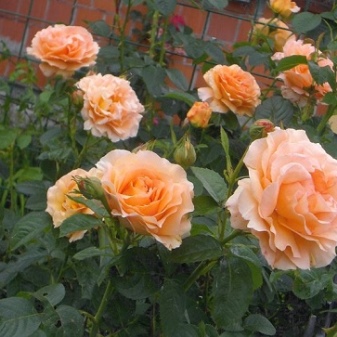
"Polka" is a dense bush, the lashes of which can reach a length of three meters. Large, fragrant double flowers (their diameter is from 10 to 12 cm) look simply luxurious. I especially want to talk about the shades of Polka roses. The color palette ranges from delicate apricot to deep pink. It all depends on the lighting. A young bud most often has an orange color, while the Polka brightens as it blooms. Under the sun's rays, the flowers "fade" and acquire a creamy hue.
The amazing aroma that the Polka rosebuds exude is especially felt in the evening. Therefore, this plant is so fond of being placed in tubs on verandas and balconies.
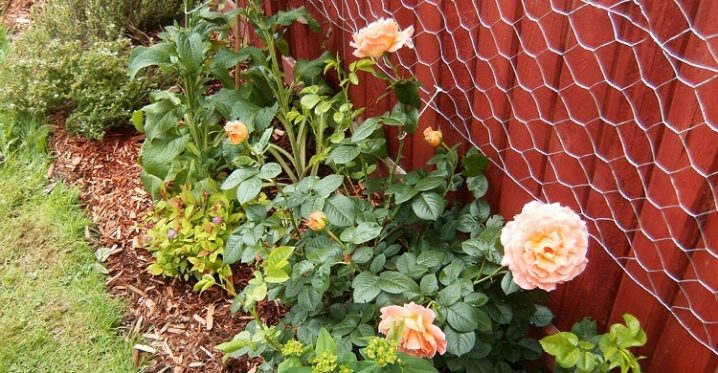
The advantages of the "Polka" can be attributed to several points.
- The flowering of the rose is quite long. Thus, beautiful lush flowers that replace each other adorn the bush throughout the summer (from June to September).
- The variety is resistant to low temperatures.
- The leaves of Polka roses are large and shiny, have a rich green color.
- It is worth noting the rapid growth of the bush. In some cases, flowers form inflorescences of 2-4 pieces, but most often single flowers grow.
- The variety is extremely resistant to fungi and extreme weather changes. This information is important for the cultivation of Polka in the Central and Western regions of the Russian Federation, which are characterized by changeable summers with frequent precipitation.
The disadvantages of the Polka rose include its fragility. Raindrops and gusty winds can damage the bush and spoil its aesthetic appeal. Also "Polka" quickly fades in hot weather. In some cases, the "Polka" bloom is absent due to depleted soil. This variety should not be planted in clay or sandy soil. In addition, the climbing rose does not take root in low-lying places, since a large amount of moisture accumulates in them.
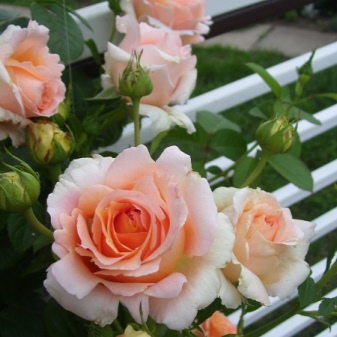
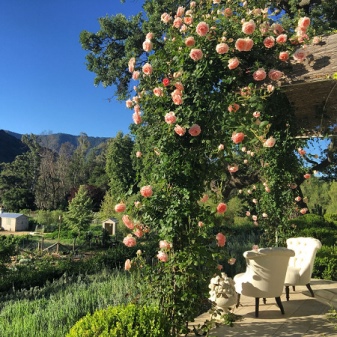
How to plant and care?
When starting the process of planting the Polka, it is important to choose the right place. Plain areas are suitable for a climbing rose (the variety can grow both in a sunny place and in a shady area). However, remember that only in the sun "Polka" will bloom violently. Loamy soil is ideal for Polka roses (it allows moisture to pass through perfectly). Another type of soil can be "improved" using special fertilizers, special flour or humus. Manure should be poured onto the bottom of the dug hole for planting the "Polka".
The root of the "Polka" rose is immersed to a depth of about 12 cm (it should put down new roots). This depth will not allow the rose to freeze. After planting a bush, do not forget to water it thoroughly (1-2 buckets of water). The soil around the plant is carefully leveled with a shovel. There should be no roots on the surface. Drainage for planting "Polka" can be expanded clay.Broken clay pots are also suitable. Climbing rose implies the presence of additional support (vertical or horizontal). It can be built from old trunks, snags. You can also use a grate made of wood or metal.

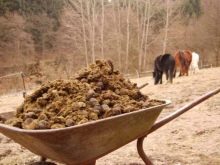

If the support for climbing roses is placed in a horizontal position, then luxurious flowers will decorate its entire surface. It will be amazingly beautiful.
In the case of planting a bush in fertile soil in the right place, caring for it will be minimal. The process involves the following actions:
- regular watering;
- thorough weeding;
- competent soil feeding;
- disease prevention and protection from pests;
- seasonal shelter.
Separately, it should be noted that "Polka" needs pruning, which will help to give the plant a magnificent shape and improve the flowering process. Thanks to proper care, the bush will always be covered with roses. Pruning work is carried out, as a rule, in spring and autumn. Until the time when the buds begin to bloom, "dead" shoots are cut from the bush. The rest are trimmed to the outer kidney.
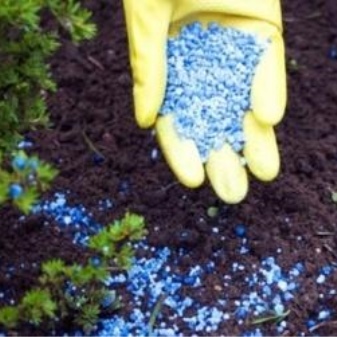
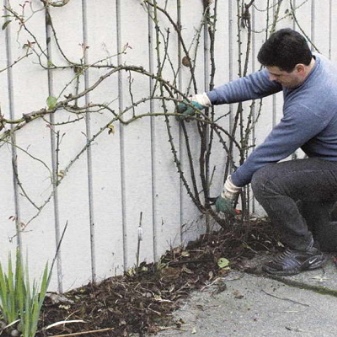
Special attention is paid to watering the Polka rose bush. With the arrival of spring, each bush is watered with water (from 10 to 30 liters). The volume depends on the age of the plants. The main thing is to thoroughly moisturize the entire root system. Water infrequently but abundantly.
Don't rely on spring rainfall. They are usually short-lived. The soil is only half moistened, while the depth of irrigation of the rose should be at least 20 cm. When watering, do not use ice water, otherwise the plant may die. Usually, Polka bushes are irrigated once a week in the spring. In hot and dry summers, of course, this is done more often. Final watering is carried out in early October. Thirty liters of water is enough for young bushes, fifty for old ones.
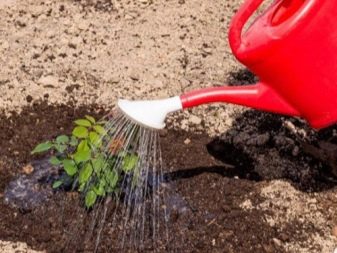

Young bushes do not require feeding for a long time (2-3 years from the moment of planting). Older plants need regular fertilization. Products that contain peat and nitrogen are perfect. Pay attention to the following guidelines:
- during the growing season, it is necessary to carry out up to 5 dressings;
- the summer period implies two or three fertilization of the soil;
- the final stage of feeding takes place in October.
It is necessary to prepare the Polka rose for winter on a clear day. The scourges are removed from the support, the dead branches are cut off. The soil is covered with dry leaves or spruce branches. The lashes are tied tightly with a rope and fixed at the base of the earth with arcs. Covering "Polka" is advised at a temperature not higher than +5 degrees. Earlier covering threatens the "greenhouse effect", which will adversely affect the plant. From above, the bush is covered with a special box or other device. Then the protection is fixed by oppression.
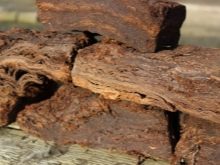
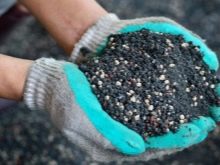
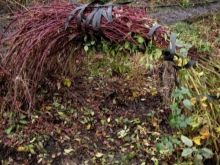
And a butterfly with its wings ...
Beautiful climbing chameleon roses carry the playful name "Polka Butterfly". This variety has an amazing combination of halftones. The color of this variety of roses changes in an amazing way: one color smoothly "flows" into another. The Polka Butterfly is characterized by large, cupped buds (up to 11 cm). The bush is in most cases decorated with inflorescences. Single flowers are rare. Polka Butterfly has an average sensitivity to adverse weather conditions and is re-flowering. This type is ideal for vertical garden decoration. He is able to turn the most unpretentious landscape into a work of art.
Summing up, it can be noted that climbing roses "Polka" have many advantages. This variety does not require special care, is resistant to many diseases, and the appearance of flowers is striking in its magnificence. Polka bushes create a surprisingly beautiful green hedge, giving the garden a spectacular and colorful look.
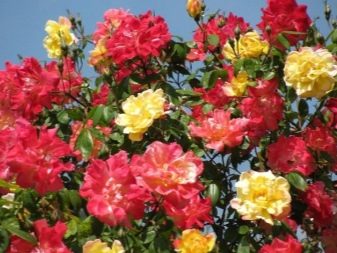

For information on how to properly grow climbing roses, see the next video.

































































































The comment was sent successfully.